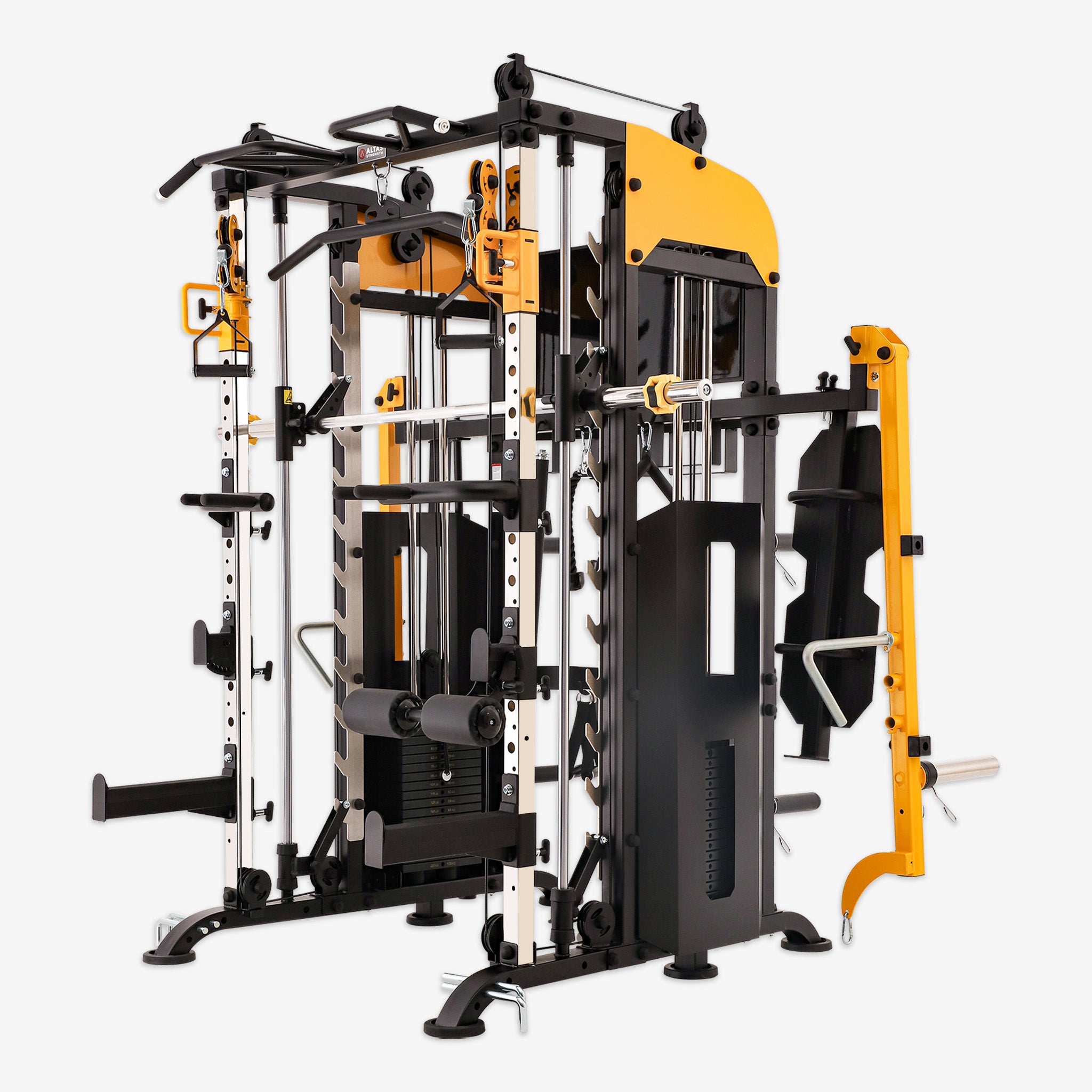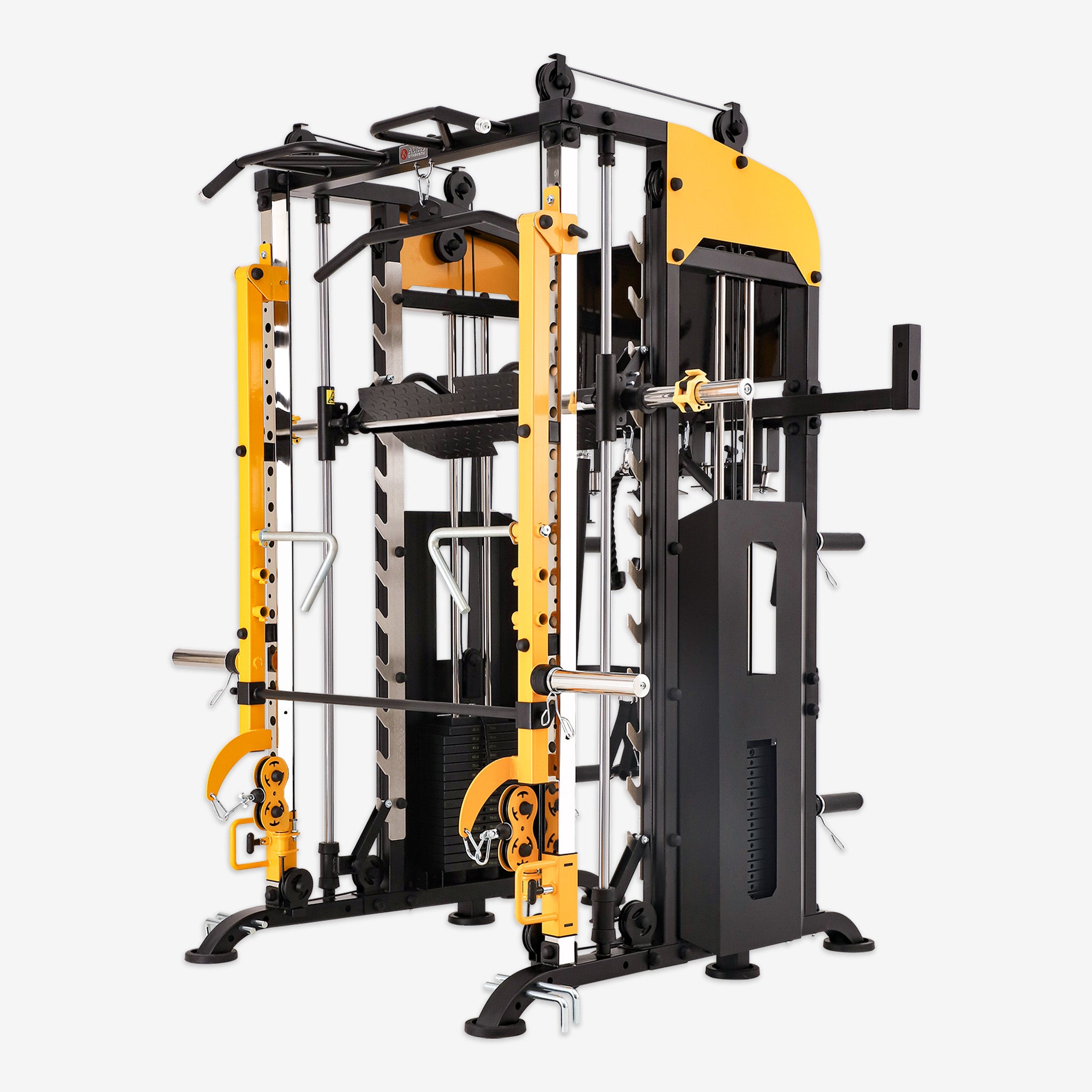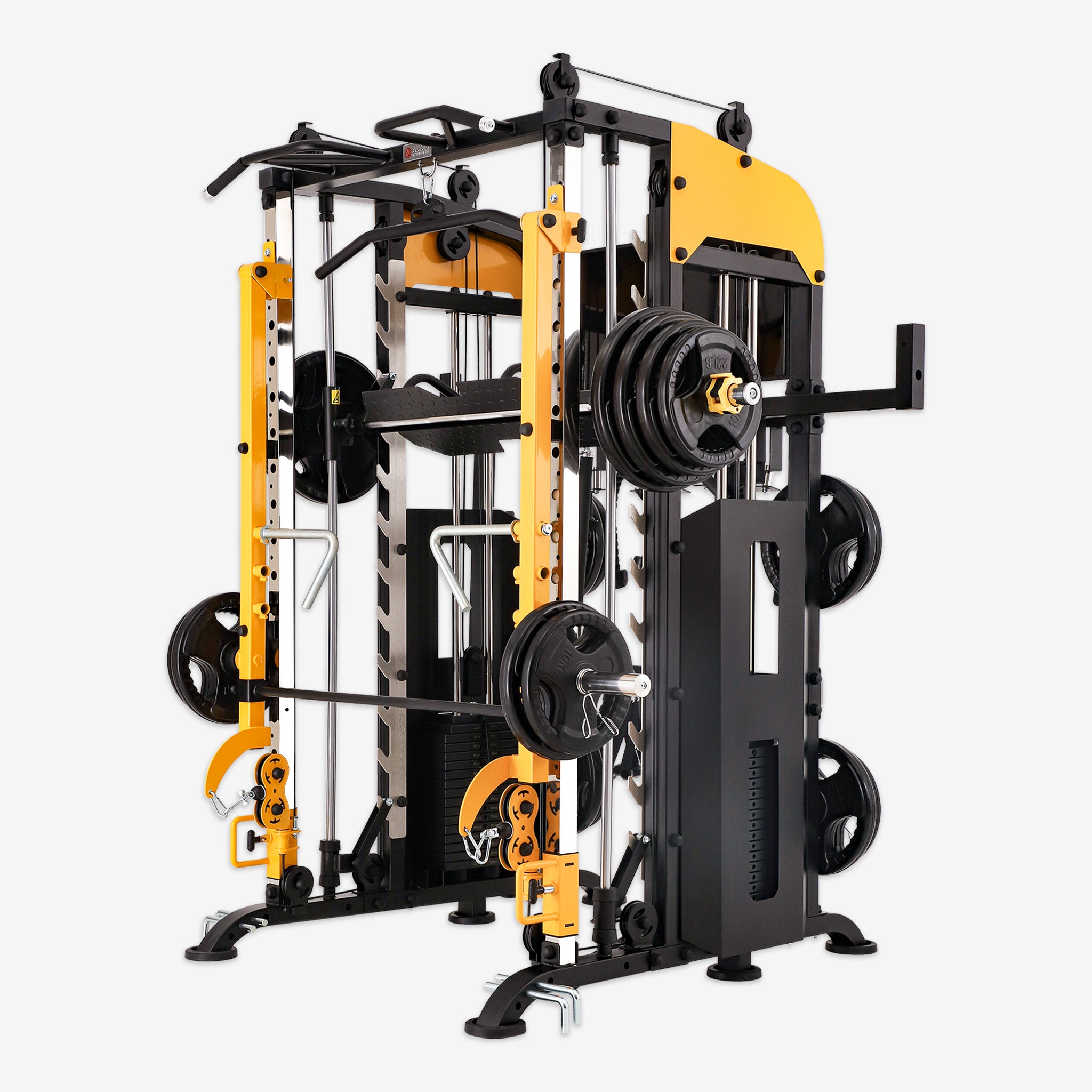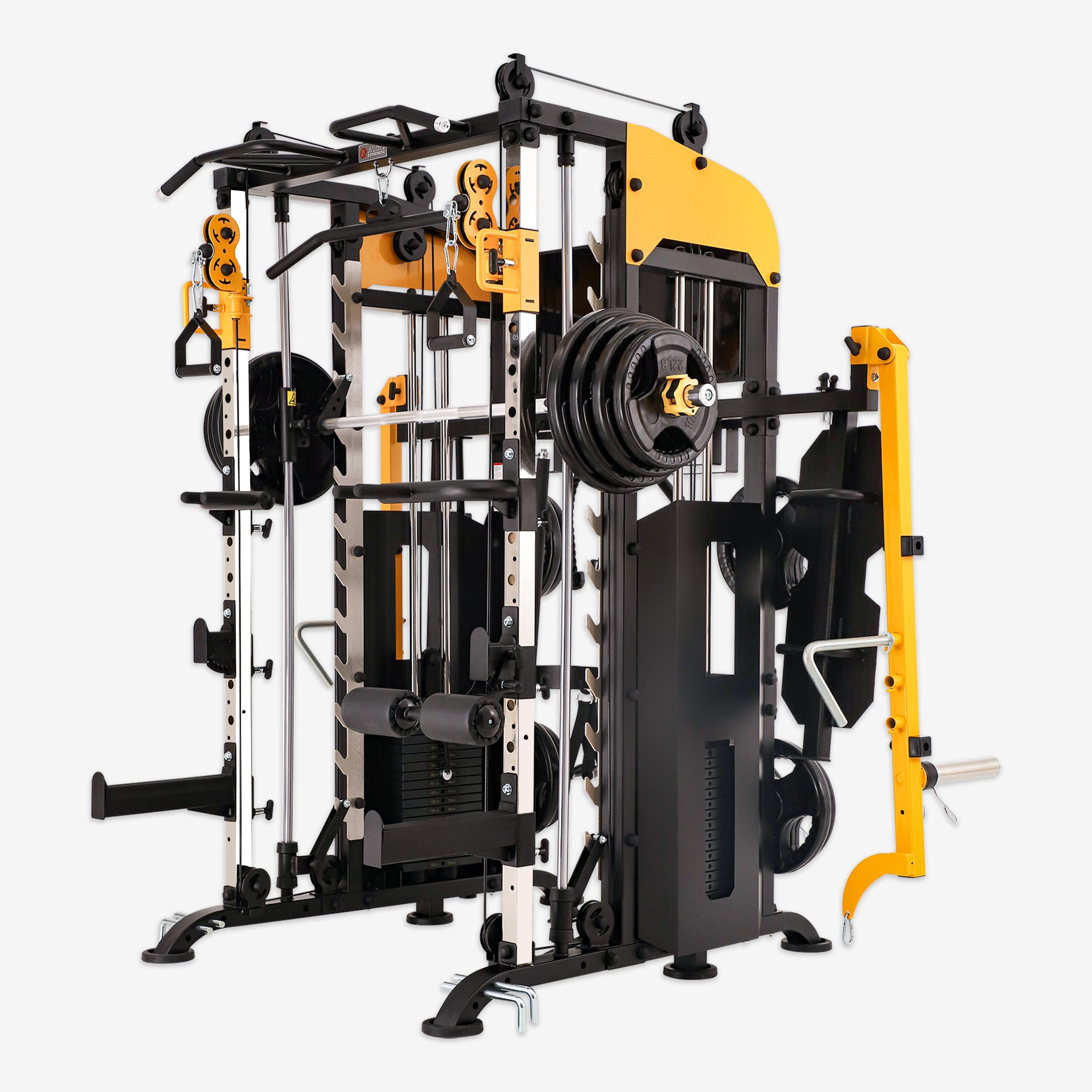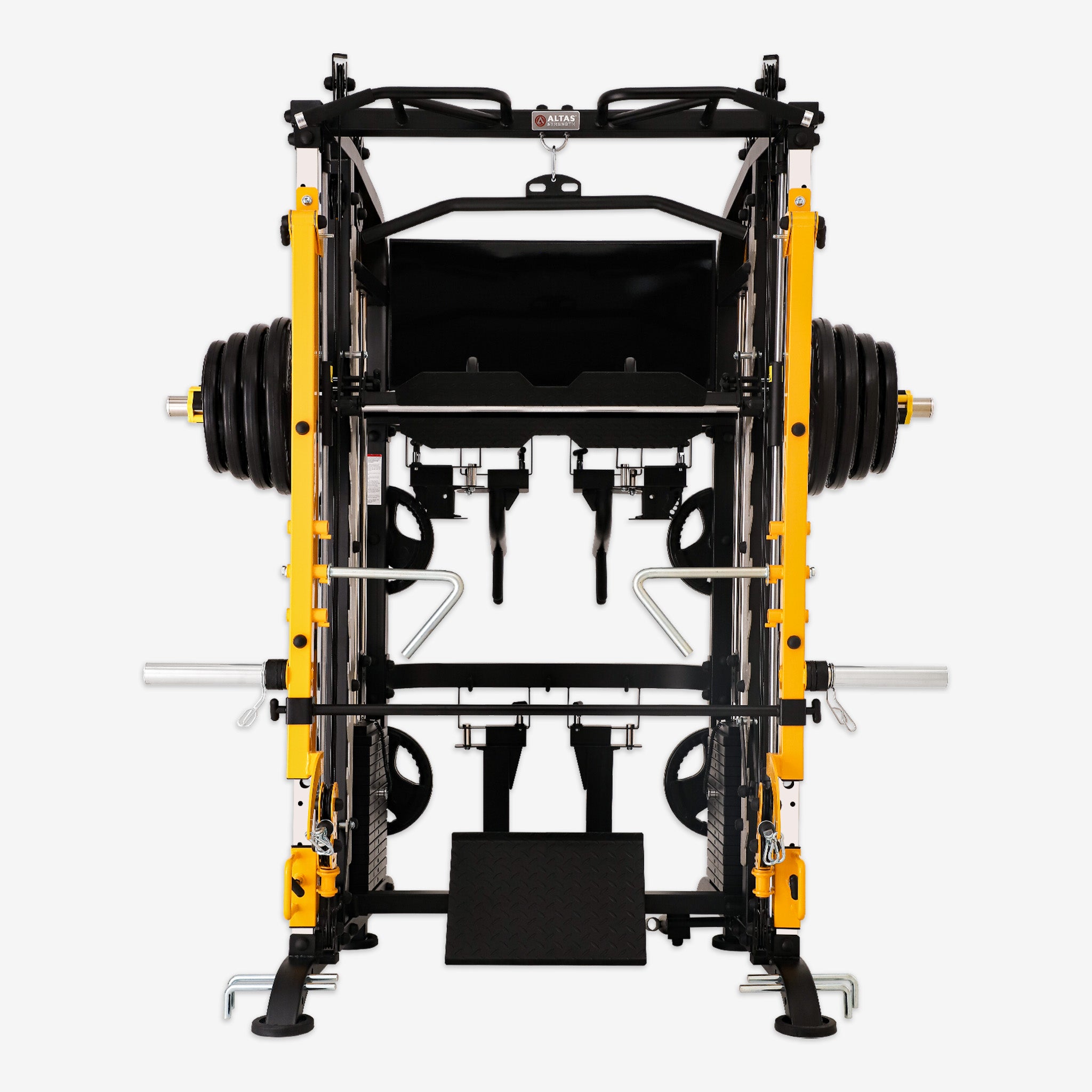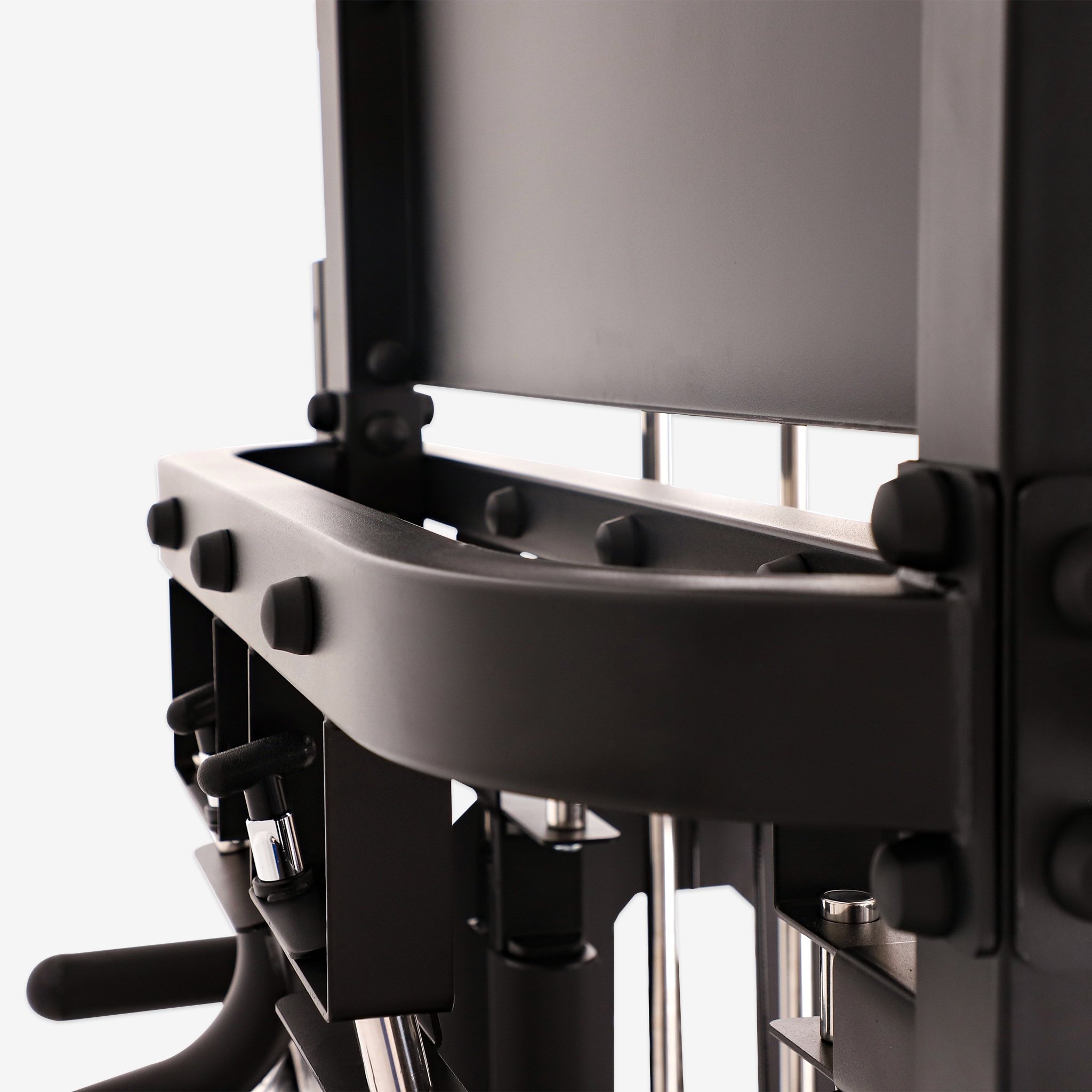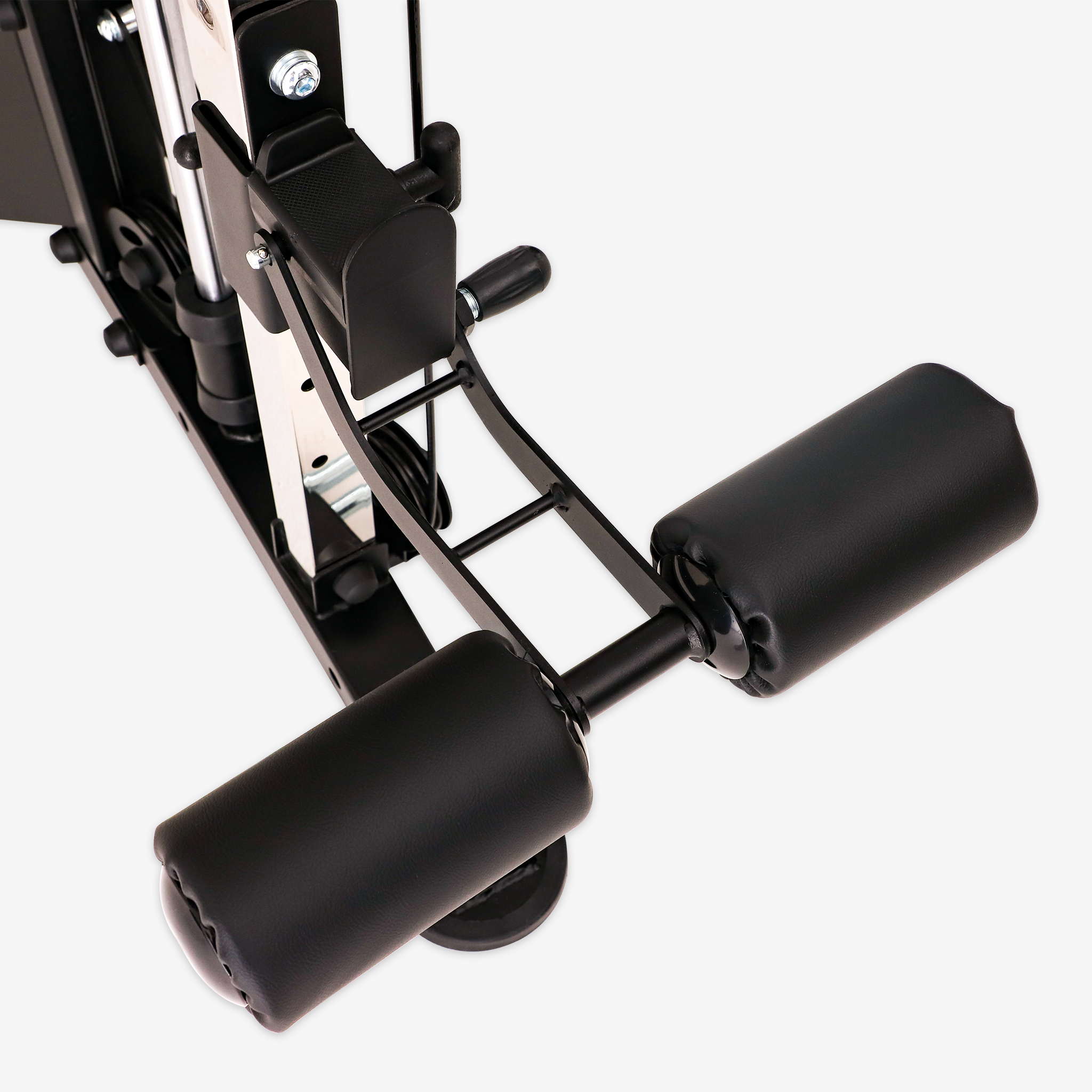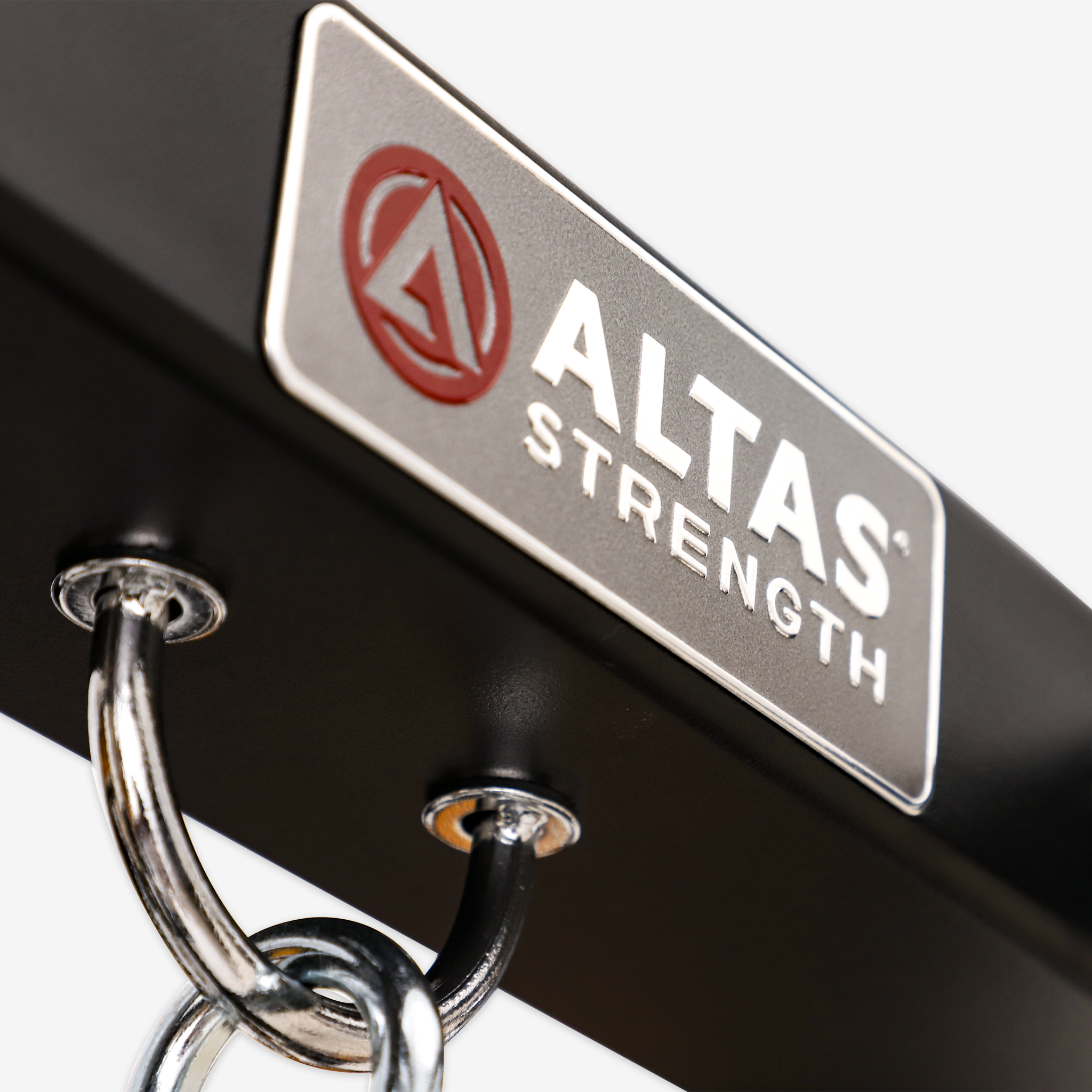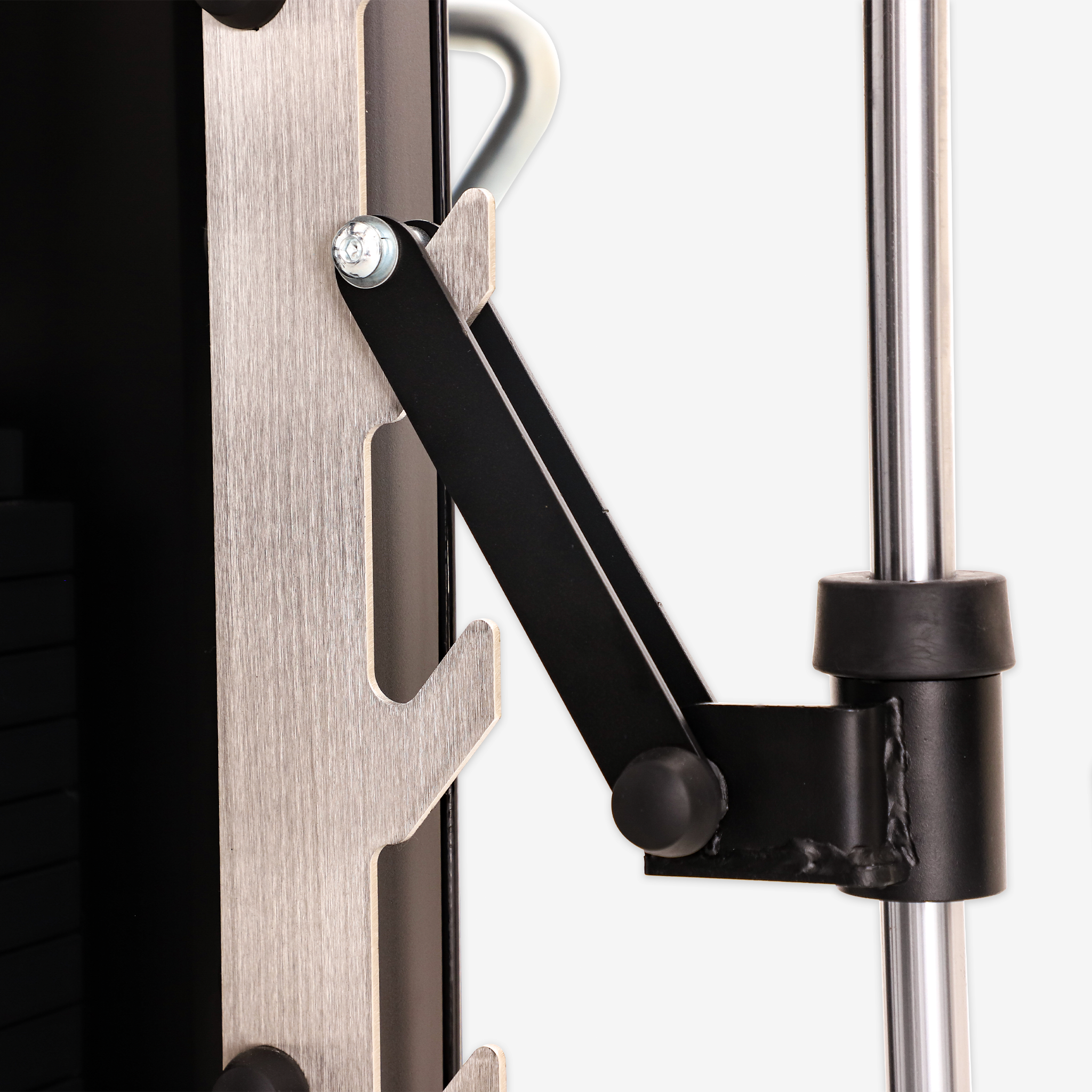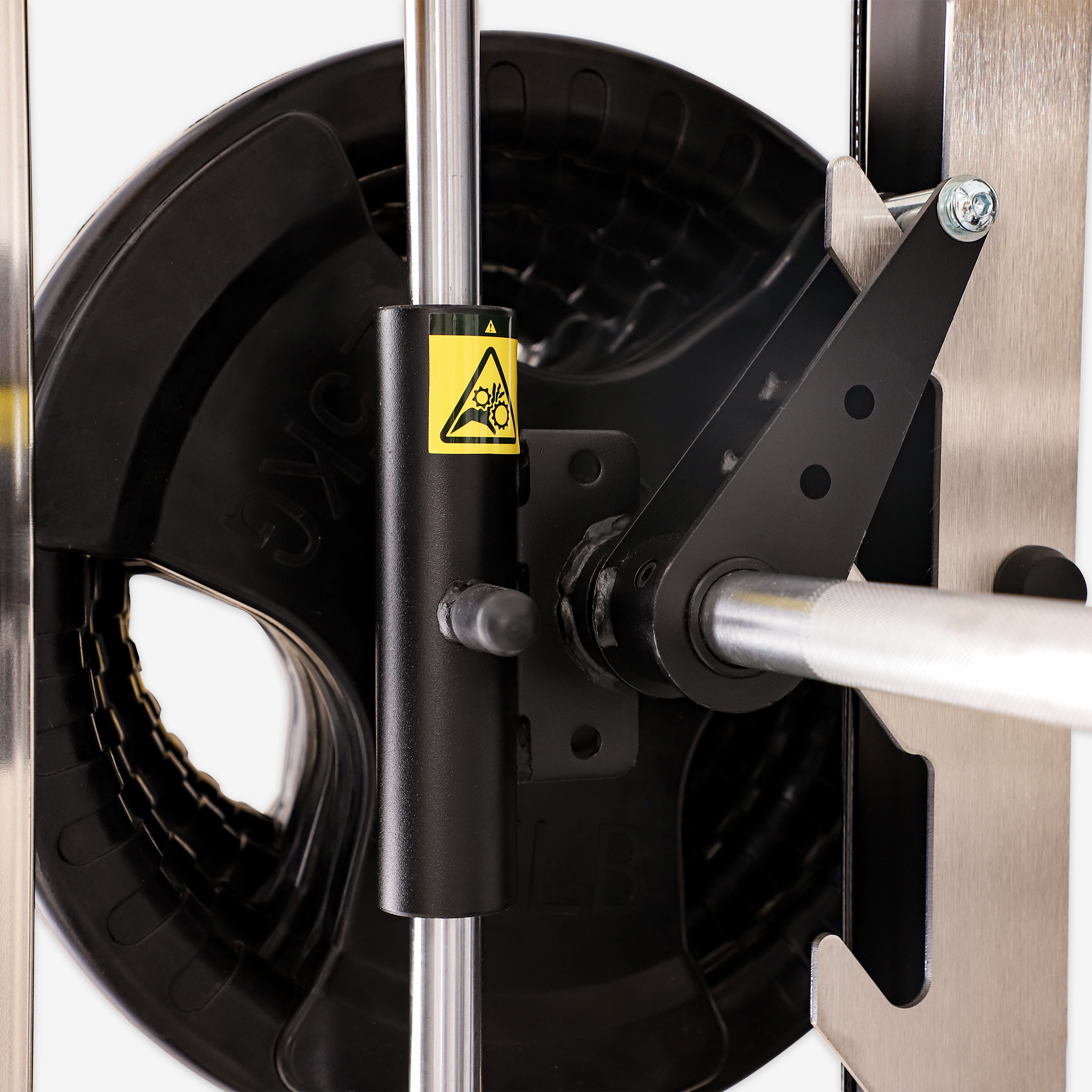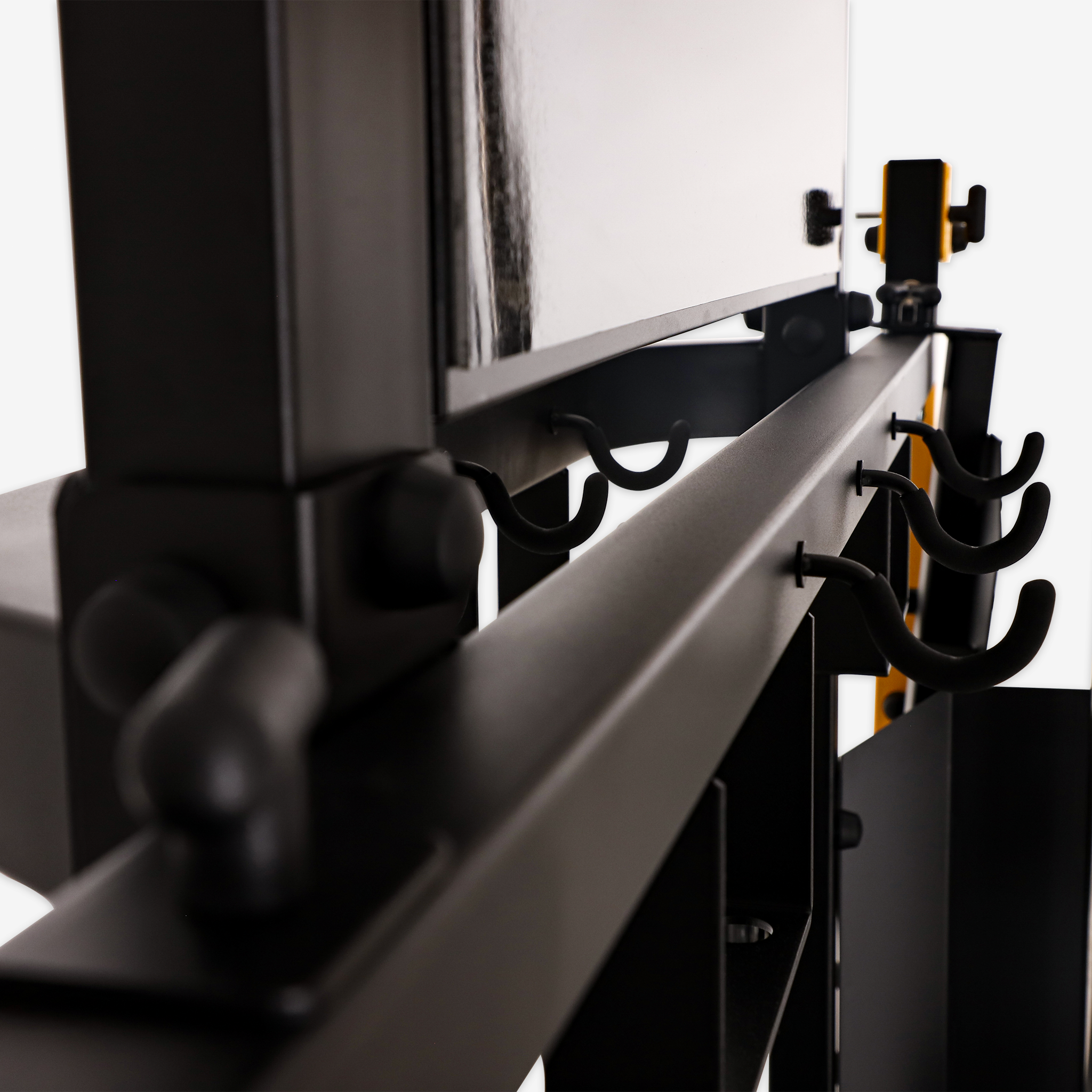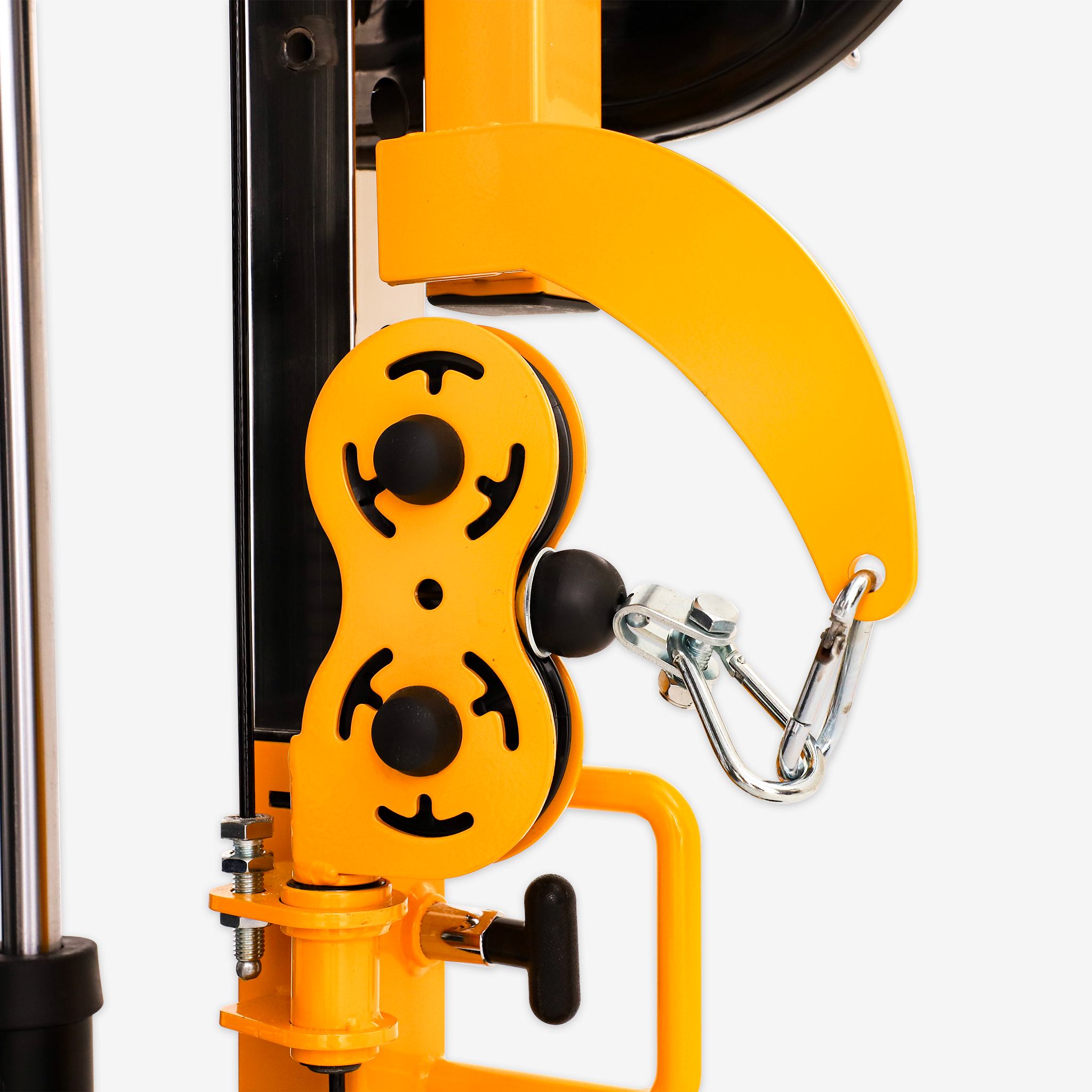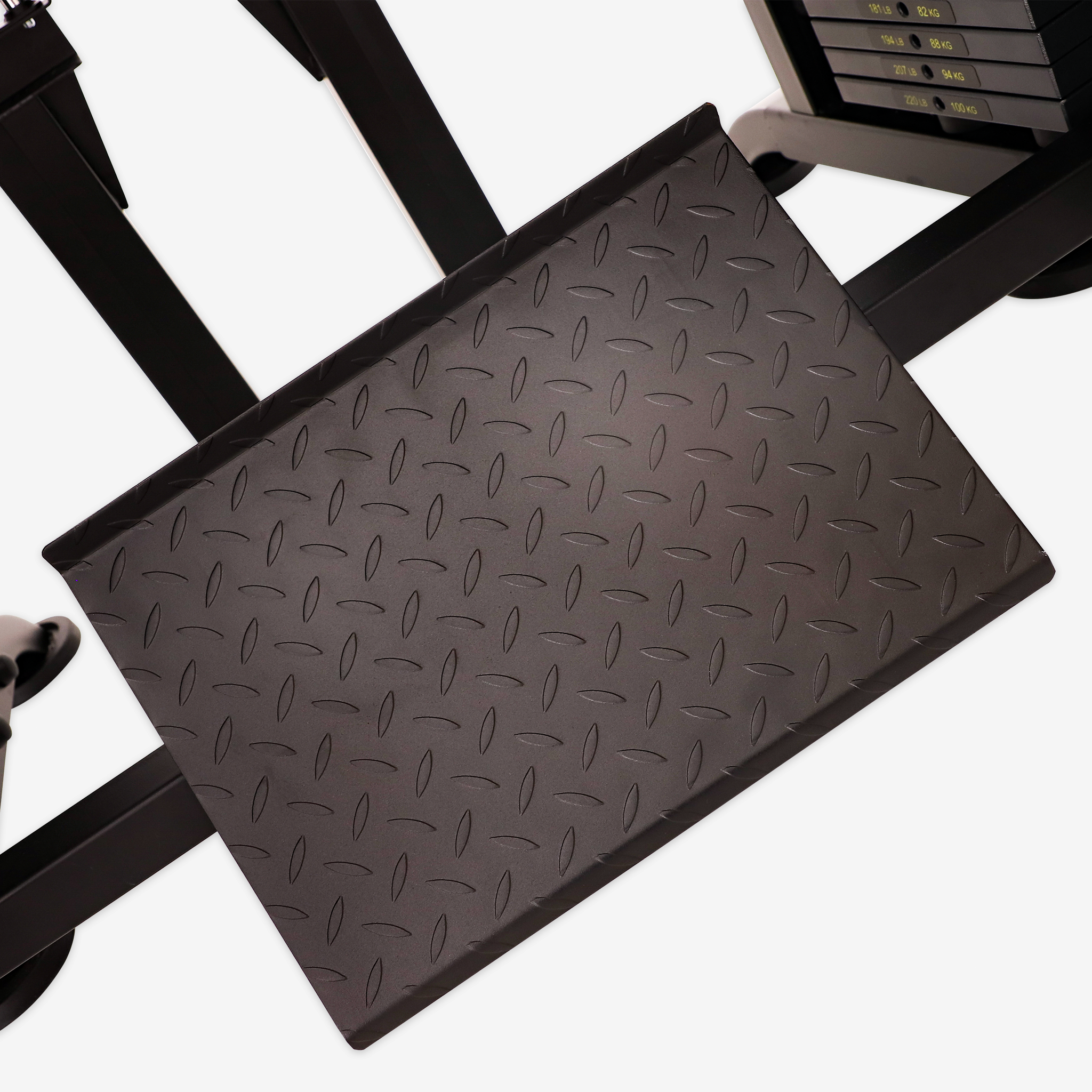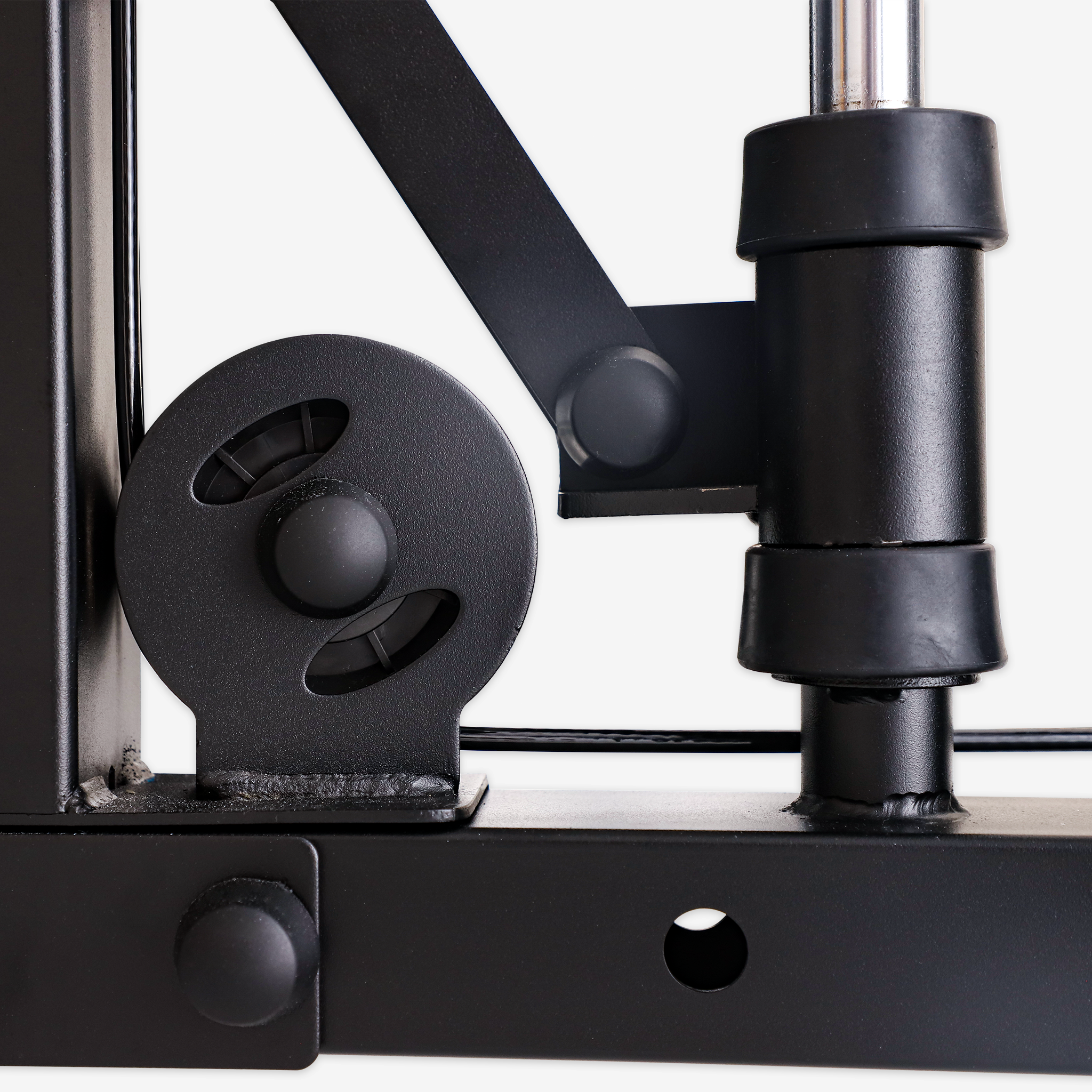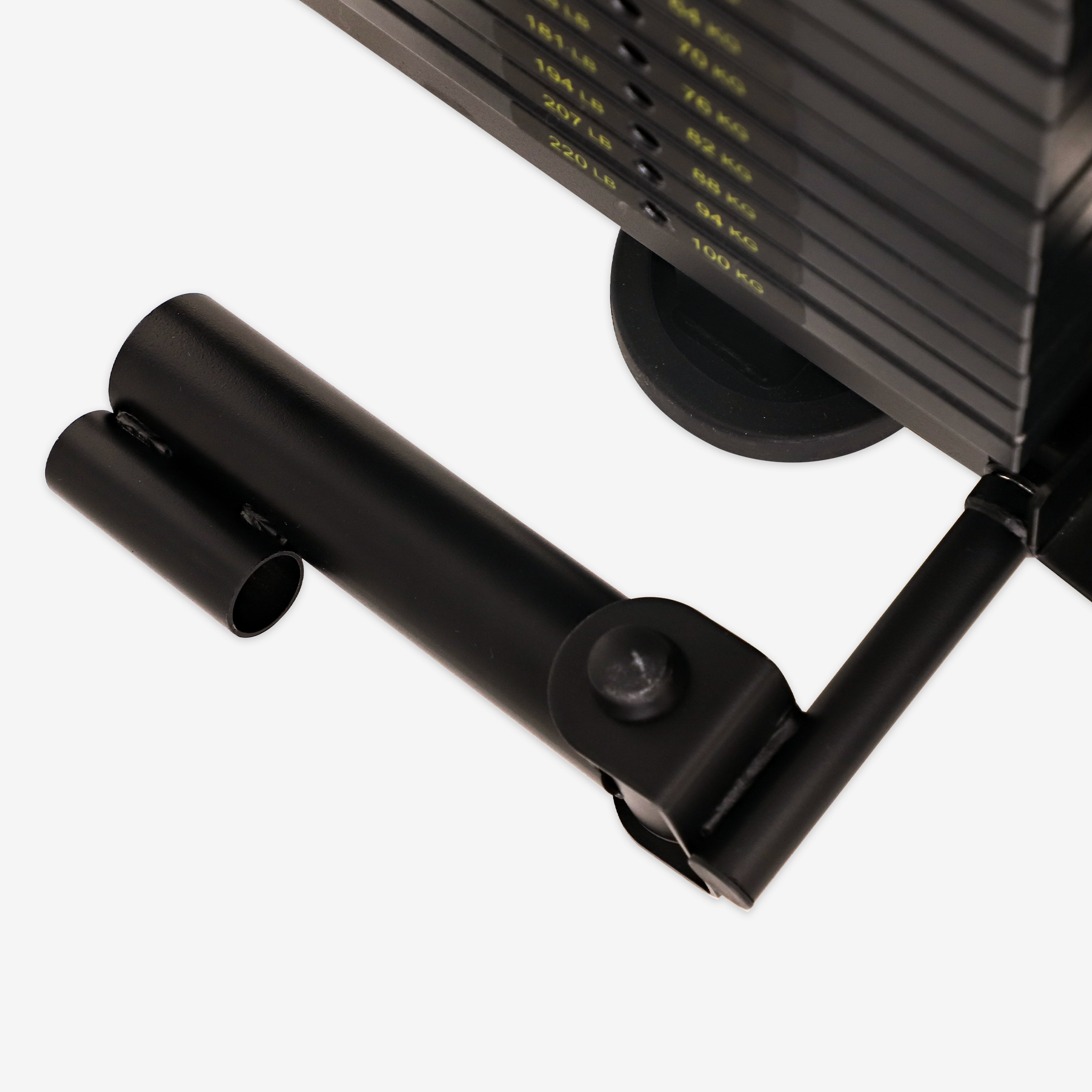Are you looking to level up your shoulder strength and stability? Look no further than the military press on the Smith machine. This compound exercise not only targets your deltoid muscles but also enhances overall shoulder stability, triceps strength, and core stability. In this comprehensive guide, we'll delve into the merits of the military press, the primary muscles it targets, the deconstruction of actions, and essential tips for mastering this exercise safely and effectively.
Merits of the Military Press
-
Enhancing Deltoid Muscle Strength: The military press is a powerhouse for developing deltoid strength and endurance, crucial for various upper body movements.
-
Improving Shoulder Stability: Building strong shoulders not only boosts aesthetics but also reduces the risk of injuries in everyday activities and sports.
-
Promoting Triceps Brachii Development: While the focus is on shoulders, the triceps get a good workout too, contributing to overall arm strength and definition.
-
Enhancing Core Stability: Keeping your core engaged throughout the exercise not only ensures proper form but also strengthens your abdominal and lumbar muscles.
-
Functional Training: The military press mimics real-life movements like lifting heavy objects, making it a practical addition to any workout routine.
-
Boosting Metabolic Rate: Engaging multiple muscle groups simultaneously elevates your metabolism, aiding in fat burning and sculpting your physique.
Primary Muscles Targeted
-
Anterior Deltoid: Front shoulder muscles responsible for raising your arms.
-
Lateral Deltoid: Side shoulder muscles involved in lifting your arms out to the sides.
-
Posterior Deltoid: Rear shoulder muscles crucial for shoulder stability and posture.
-
Triceps Brachii: Arm muscles assisting in extending your arms during the press.
Deconstruction of Actions
-
Commencing Stance: Set up with feet shoulder-width apart, grip the barbell at shoulder width, and engage your core.
-
Descent Phase: Lower the barbell with control, keeping it close to your body.
-
Pressing Phase: Press the barbell overhead, extending your arms fully without locking your elbows.
-
Returning to Commencing Position: Lower the barbell back to the starting position under control.
-
Repetition of Motion: Repeat the exercise for the desired number of reps, maintaining proper form throughout.
Attention to Detail
-
Appropriate Resistance: Choose weights that challenge you without compromising form.
-
Proper Form: Maintain a straight spine, relaxed shoulders, and controlled breathing.
-
Regulate Movement Tempo: Control the speed of your reps to ensure full muscle engagement.
-
Avoid Excessive Force: Focus on controlled movements rather than using momentum.
-
Mindful Breathing: Inhale during the descent, exhale during the lift.
-
Moderate Reliance on Machinery: Use the Smith machine as a tool, not a crutch.
-
Adequate Rest and Recovery: Allow your muscles time to recover between sessions.
-
Listen to Your Body: Stop if you experience pain or discomfort, and seek professional advice if needed.
In conclusion, the military press on the Smith machine is a versatile exercise that can transform your shoulder strength and stability. By following these guidelines, you can maximize your gains while minimizing the risk of injury. So, step up to the Smith machine and press your way to stronger, more resilient shoulders!

